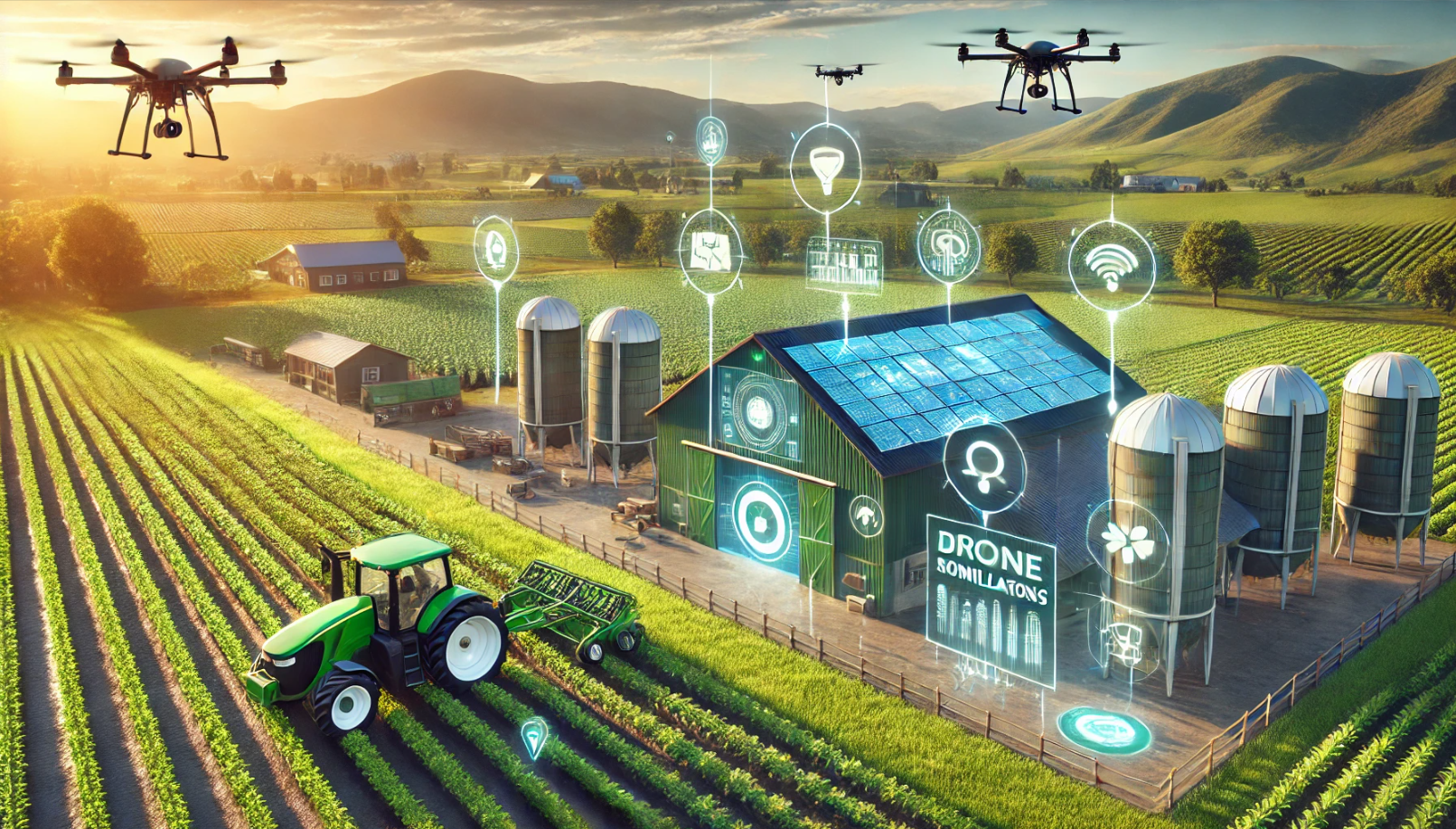Last Updated: October 13, 2025
Soil moisture readings, satellite imagery, weather station data—thousands of data points collected over months scroll past his eyes. His yield has improved significantly this season, but a question keeps nagging at him, one that resonates across farms throughout the country: Which of his technology investments really made the difference? (World Economic Forum, 2023).
"It's like having pieces from different puzzles," Mike explains to his son during their morning drive around the property. The pickup bumps along the dirt road as he gestures toward their south field. "We know the soil sensors helped, the satellite imagery seemed useful, and the new irrigation system definitely did something. But which combination really drove our success? That's what I'd love to understand before we invest in more technology for that south field."
Two states over, Sarah walks through rows of potatoes at Valley View Farms in Idaho. Her crop has improved significantly since implementing soil monitoring and automated irrigation systems. But when neighboring farms ask which system they should invest in first, she finds herself hesitating. The success is there in her yields, but understanding exactly how they achieved it remains frustratingly elusive.
"Some days I feel like a detective," Sarah says, kneeling to examine a soil sensor. "We can see the results, but piecing together how we got there? That's the real mystery."
This mystery plays out differently across various agricultural operations. In California, Tom's vineyard adopted several new technologies, only to discover that certain combinations worked differently in different parts of their operation. Some areas thrived with one approach, while others responded better to different combinations. The variation left Tom wondering whether he was seeing patterns or just coincidences (GAO, 2024).
A Nebraska corn farmer recently shared an observation that captures the complexity perfectly. He noticed that soil moisture readings at certain times in the growing season seemed particularly important—but only when combined with specific fertilizer timing. Without a systematic way to track these relationships, he couldn't tell if he was seeing a consistent pattern or just a lucky coincidence.
Meanwhile, a soybean operation in Illinois discovered their best-performing fields shared characteristics in how different technologies worked together. But understanding what made these combinations successful, and whether these patterns would hold true across different conditions, remained unclear (Brandon Bioscience, 2024).
Think of modern farming like conducting an orchestra, suggests Mike, looking out over his wheat field in the early morning light. Each instrument—each piece of technology—plays its part. But understanding how they work together best, which combinations create harmony and which might clash? That's where art meets science.
Some farms have begun exploring these connections more systematically. Their experiences hint at exciting possibilities about how different technologies might complement each other, which combinations could work better together than alone, and where unexpected relationships might exist. But more importantly, their work suggests we might be missing entire patterns we haven't yet learned to see (ScienceDirect, 2024).

As the sun climbs higher, Mike parks the pickup at the edge of his south field. He and his son stand looking out over acres that represent both their heritage and their future. "Farming has always been about learning," Mike reflects. "Our grandparents learned from the land. We're still learning from the land—we just have more tools to help us listen."
This perspective captures something essential about agricultural technology attribution. It's not just about data points and correlations. It's about learning to see patterns, understanding relationships, and recognizing how different pieces of technology might work together to create something greater than the sum of their parts.
We're gathering a small group of agricultural operations interested in exploring these patterns together. Not with promises of perfect solutions, but with curiosity about what we might discover. Every farm has its own unique story to tell, its own patterns to reveal. The question is: what might we learn if we explored these stories together?
The morning sun now bathes Mike's wheat field in golden light. Somewhere in the data on his tablet, in the readings from his sensors, in the patterns of his crops, there's a story waiting to be understood. It's a story about technology and tradition, about innovation and wisdom, about learning to see connections we might have missed before.
For those curious about what stories their own agricultural technology might tell, the journey begins with a conversation. What patterns have you observed but struggled to explain? What combinations seem to work particularly well? How might we learn together?
Ready to stop guessing and start knowing? When Meta says one thing, Google says another, and Shopify shows different numbers entirely, it's time for accurate attribution. Discover how to get clarity on your true ROAS (return on ad spend).
The path to understanding may not be straightforward, but in exploring these questions together, we might just discover new ways of seeing the complex dance between technology and agriculture. After all, farming has always been about growth—not just of crops, but of knowledge.
World Economic Forum: The Agricultural Sector’s Data Problem
U.S. Government Accountability Office: Precision Agriculture Benefits and Challenges
Brandon Bioscience: Precision Farming Technology and Its Impact on Agriculture
ScienceDirect: Enhancing Precision Agriculture Through Digital Tools
